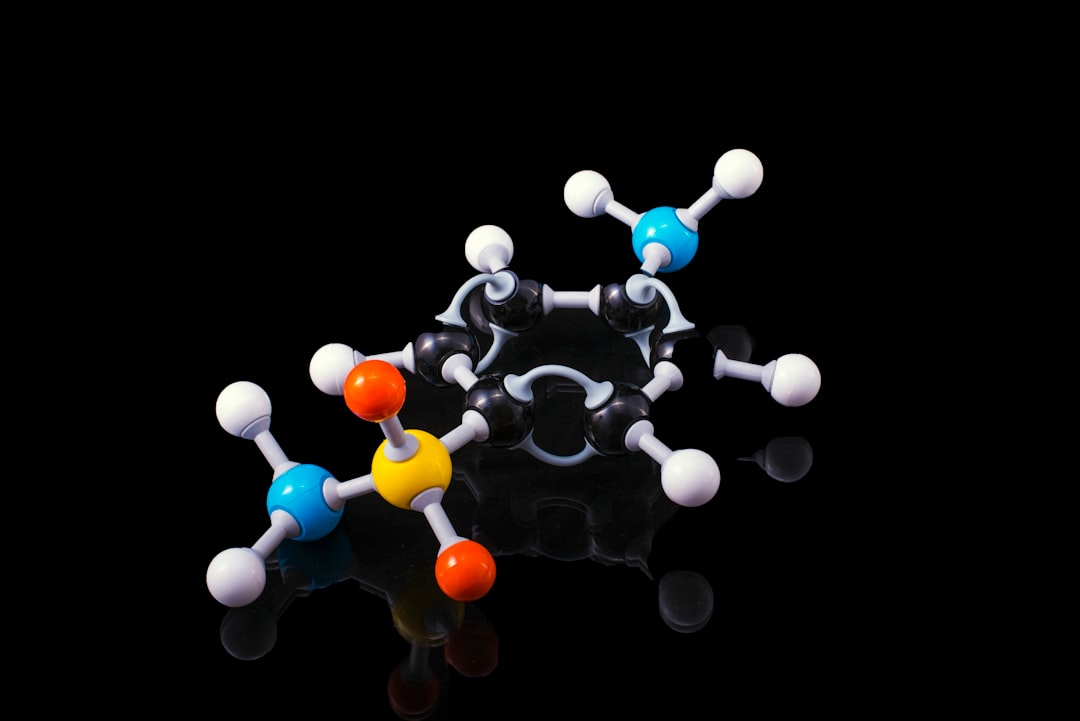What is it about?
In this work, we applied simulation-guided rational combinatorial peptide design, synthesized the peptide library, evaluated them against a panel of cancer and non-cancer cell lines, and identified several lead candidates that have significantly favorable activity toward cancer cells through the acidic tumor microenvironment. Remarkably, these peptides are neutral charged at physiological pH conditions in healthy cells but are charged under slightly acidic conditions, typically found in the tumor microenvironment. Using this methodology, we were able to greatly amplify the selectivity of the anticancer peptides, with strong toxicity for cancer cells while leaving healthy cells unharmed. To demonstrate the translational potential, we utilized state-of-the-art nano-formulation technology to encapsulate the lead anticancer peptide in small polymeric nanoparticles with a size of 20 nm diameter. This formulation was able to overcome the key challenges associated with intravenous peptide delivery, pharmacokinetics, and plasma stability. In xenograft mouse models, the anticancer peptide nanoparticle was able to completely eradicate otherwise untreatable highly aggressive invasive human breast cancer.
Featured Image

Photo by National Cancer Institute on Unsplash
Why is it important?
A combination of membrane-active peptide and nano-formulation presents a vast pharmacological reservoir for the development of highly effective targeted anticancer treatments with low peripheral toxicity. This work demonstrates that seamless integration of multiple emerging techniques, ranging from 2D and 3D cell culture models, atomic detail molecular simulations, and nanotechnology enables development, tuning, characterization and demonstration of clinically relevant delivery of cancer-selective anticancer peptides that kill breast cancer cells at nontoxic levels, reveals a remarkable resilience against drug resistance formation in cancer stem cells, and can inhibit growth or eradicate human triple-negative breast cancer xenografts in mice. Building on an enormous body of work in the field of anticancer peptides, this study shows that clinical translation of membrane-active peptides may finally be within reach.
Perspectives
I am very excited about our work, and the result is encouraging. (1) We developed new chemotherapy that has been conducted by different scientists in various labs (in UK, Taiwan, and the U.S.) and showed consistent results. This peptide drug seems promising in the early stage and will need more animal studies for further investigation before clinical trials. (2) We proved that this peptide design pipeline works well in membrane-perforating anticancer peptide therapeutics and has great potential for various biomedical applications that can increase the hit rate in drug development. (3) This international collaboration was conducted by multiple labs, involving five institutions across three continents, during the COVID pandemic while several labs and countries were shut down. It proves that there's no boundary in science and we, scientists, can tackle a difficult problem together, no matter how far apart we are.
Charles Chen
AstraZeneca plc
Read the Original
This page is a summary of: Integrated Design of a Membrane‐Lytic Peptide‐Based Intravenous Nanotherapeutic Suppresses Triple‐Negative Breast Cancer, Advanced Science, March 2022, Wiley,
DOI: 10.1002/advs.202105506.
You can read the full text:
Resources
Contributors
The following have contributed to this page










